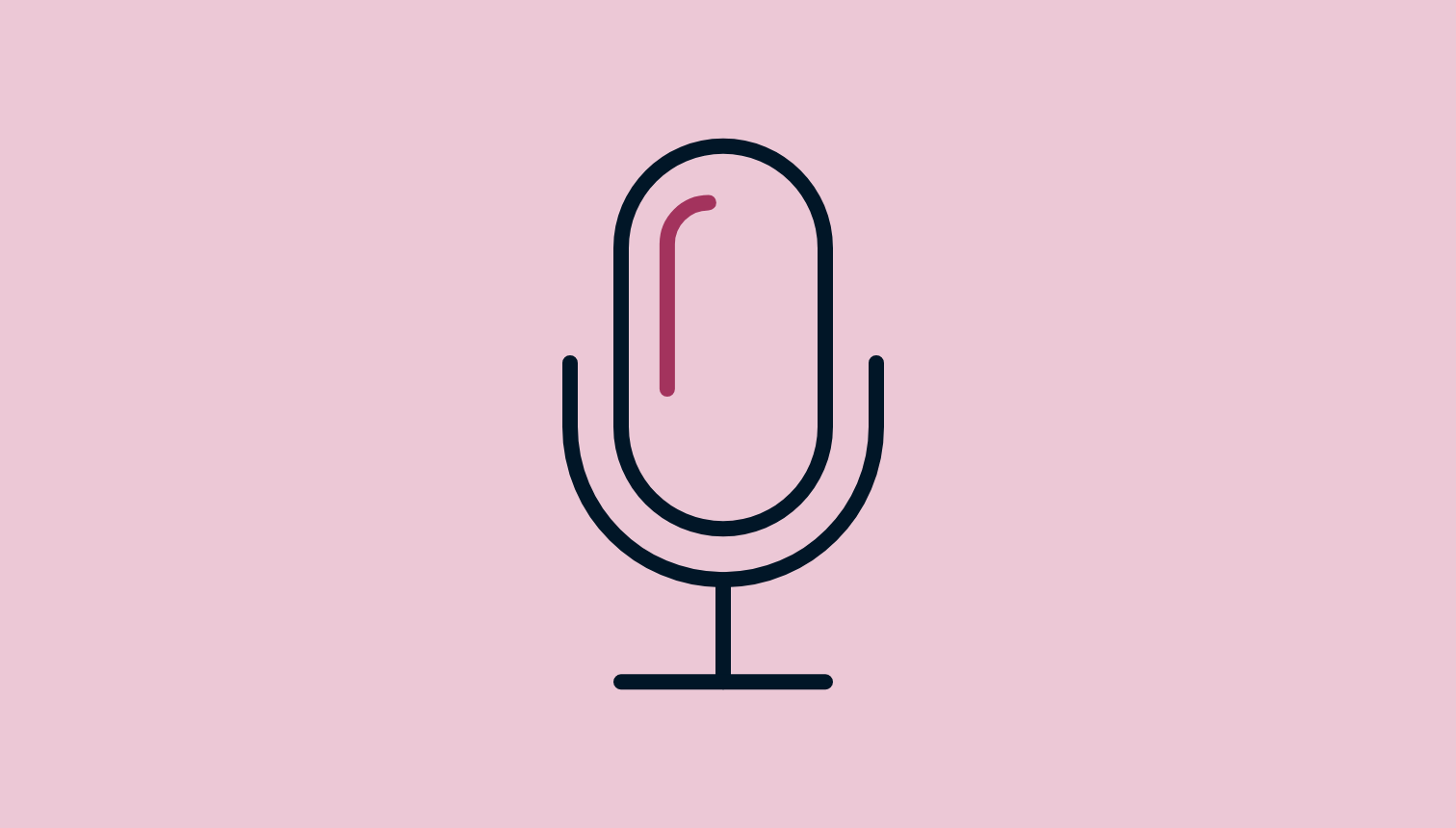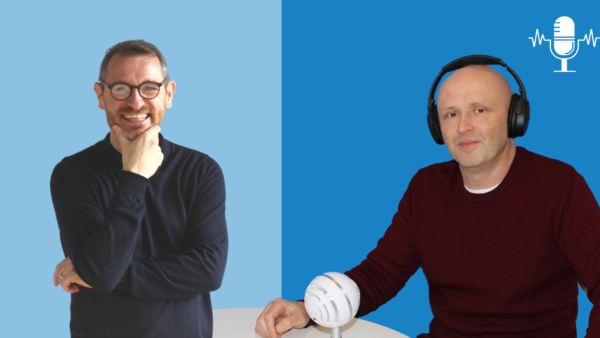Let’s be clear, your strengths are a good thing, a force for good – strengths are qualities that energise you and that you are great at, or that you have the potential to become great at. Your strengths, when used in a smart way, are your greatest gifts, the qualities that can bring the most value to others in your life and the greatest pleasure and energy to you. We also know that your strengths can be overdone, when used at the wrong time or in the wrong way, potentially wreaking havoc when all you intended was to do good. All these things we know. And if you didn’t know those things, please check out my back catalogue, particularly Know your strengths from Season 1 and Taming the energy monster from Season 5.
So what about when strengths get combined – because of who we are working with at a particular time – leading to a double up of strengths? Or getting even more magnified in a team setting, where a larger number of people have the same strength? What happens then? How can you keep your strengths as a force for good, rather than them becoming overwhelming and running away with themselves? Whether this is working one-on-one with colleagues, or in meetings and other team settings?
My name’s Dr Paul Brewerton, the strengths guy, I podcast each Monday all about strengths at work and in life to give you some tips and thoughts on what you can do to make the world a better, stronger, place. So let’s get to my podcast topic for today…how adding strengths together can actually lead to a multiplication of strengths (I know right, mad maths), which can make those strengths either super-strong, or which may lead to them getting totally out of control.
First things first, before you get into understanding how you might be seeing strengths squared, cubed or to the power of whatever in front of you, you need to have a common language, a way of understanding your strengths and others’ strengths, on a level field. Of course, we at Strengthscope have…er…Strengthscope for doing that, but other strengths assessment are available (I suppose). Anyway, I’ll be using examples from Strengthscope today so to understand more, check out the Strengthscope website.
Let’s start by talking about what can happen when you’re working alone and using your strengths – we could take any strength by way of example from our 24 Strengthscope strengths but Creativity, I choose you. So there I am, working with my Creativity strength on a problem I am facing, looking for a solution. My Creativity takes me towards new and unthought of ways of looking at my problem and I toss and turn that problem, seeking a unique approach that will work for me. I’m making progress but I feel the need to bounce my ideas around with someone else, so I ask a colleague to help me, someone I really connect with on problem-solving and solution-finding. We go off for a walk, get some air and as we walk, I chat, explaining my problem and before you know it, we’re jamming, riffing, building, turning over the problem together.
My colleague has some ideas that I hadn’t thought of, because they’re them right, they have their own unique perspective and I remember that’s why I ask them to brainstorm with me from time to time, because they always bring me something new and fresh that I can’t get to on my own. Anyway, as we walk and talk, and build and puzzle, we get a pretty solid co-created solution out of our discussion and I go back to work really happy that I’ve found a solution and also that I had a really enjoyable walk and talk and creative session with my colleague.
OK, time out to review:
So what’s happened here? Well we just witnessed a positive example of strength plus strength becoming strength-squared, a super-strength. A superpower for good. What went right was that we were both in the right space and had the time to respectfully connect and build on each other’s thoughts. And it felt amazing!
But what if we replay that scenario and this time, I have less time for brainstorming, if I try to get the same result but a little too quickly – same colleague, same challenge – but much greater time pressure? Maybe we wouldn’t feel as able to be as connected, as respectful, to give each other as much space and time to think. Probably the time pressure would force our individual Creativity strengths into a supercharged, super-energised place where we were either coming up with too many ideas in the hope that we would find a silver bullet solution quickly, but not really listening to each other’s ideas properly, or maybe our Creativity strengths would almost fuse, one with the other, somehow and we would co-create crazy hare-brained solutions which may have no practical application, but which we didn’t realise because, in the moment, we think we’ve created gold from green (Blackadder 2 reference, apologies).
Time out to review again:
What was different in that second scenario was the addition of time pressure and therefore stress, which meant that our individual Creativity strengths got mangled and confused and we responded by dialling them up louder rather than realising what was actually happening and acting on it.
With teams and in meetings, this multiplier effect can be even more prominent. Aaaand, even more challenging to spot in that moment, because for many teams and in meeting situations, where the people in the room will vary, unless everyone is super strengths-aware, you won’t know the underlying strengths and energies in the room. So, what if everyone in a meeting has, let’s say, a Results focus strength? Well guess what – under normal circumstances, you’re probably going to have a pretty fast-paced meeting where decisions are made quickly, actions are arrived at, the meeting is kept to time and everyone leaves with a to do list.
But under time-pressured or stressful circumstances – maybe created by poor meeting hygiene (no agenda, pre-reading not done, wrong people in the room, no meeting owner) – what might happen is that the Results focus super-strength becomes un unstoppable strength monster and rampages through the room with everyone getting up in each other’s faces, trying to get to a result but not having a shared objective or a direction of travel or a way of coming up with an agreed set of outcomes. And that meeting can pretty quickly see people getting frustrated, agitated, even shouty, unless someone blows a whistle or puts their hand up and brings a pause to proceedings.
So – how do you make your strengths super-strengths and not all-consuming strength monsters, flattening everything in their path? I have 4 tips: know, set it up, notice and act.
1. Know – to create a super-strength, first up you have to have a common language to identify and describe your strengths and then find out who else shares the same strength and how that strength works for them. If you have it common, and you feel you can work with them, there’s a good possibility you could create a supercharged strength together. But to do that, you need to…
2. Set it up right – create the right setting, have enough time, call out the strength you share and other strengths that may also be useful, or strengths which for you may go into overdrive on occasion and boundary all of that. So that’s 1-2-1. In teams and meeting settings, I mentioned good meeting hygiene earlier and this is where that’s essential. If you don’t know the strengths in the room, you won’t know how to combine those strengths to best effect and even if you do know your strengths combination, but have a poorly set up meeting, you maybe have unwittingly created a strength monster that’s just waiting to explode on you. If that monster awakens, then you need to…
3. Notice – in a group setting, you can always bring in a neutral to notice when a strength is starting to tip into unhelpful and call it out…often that person won’t have the same strength as the dominant one, so they will find it easier not to get caught up in the energy storm. In a 121 situation, you’ll need to be observant and aware of what might be happening, even if you’ve set it up well in order to pause when you need. Then, once you’ve noticed what’s happening…
4. Act – step away, chill out, use the other person’s or other colleagues’ strengths to bring the superstrength into balance. Don’t just notice what’s happening but keep let it happening, you will need an intervention!
So there are my 4 tips for creating super-strengths and not strength monsters: know, set it up, notice and act. I hope you’ve enjoyed today’s podcast. Now go forth and multiply, create super-strengths as a force for goodness, greatness in the world. Please subscribe, share and come back for more. See you next time.
Subscribe
This blog is also available as a podcast along with some other incredible extra content. Check it out on Soundcloud, Spotify, Acast











